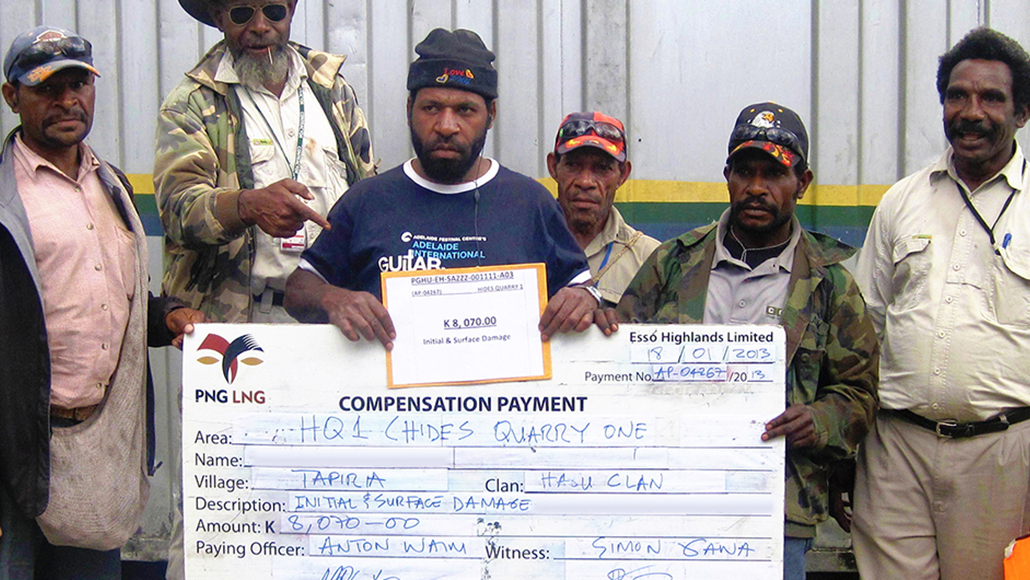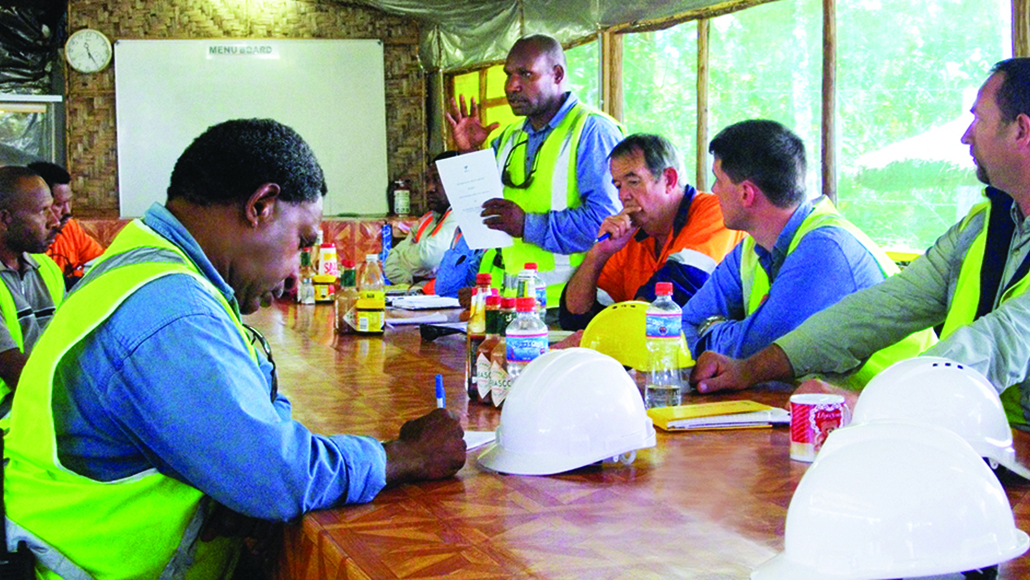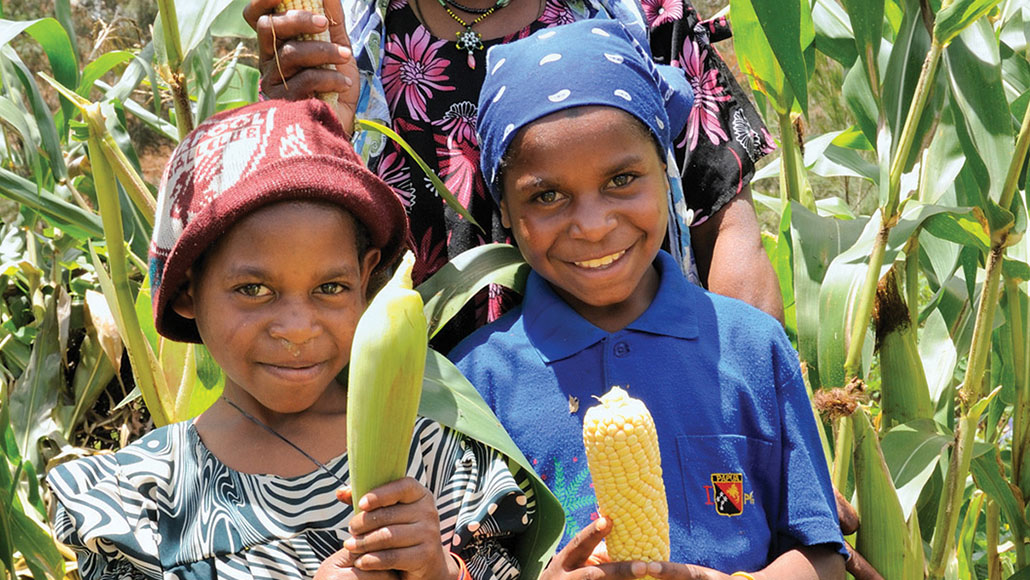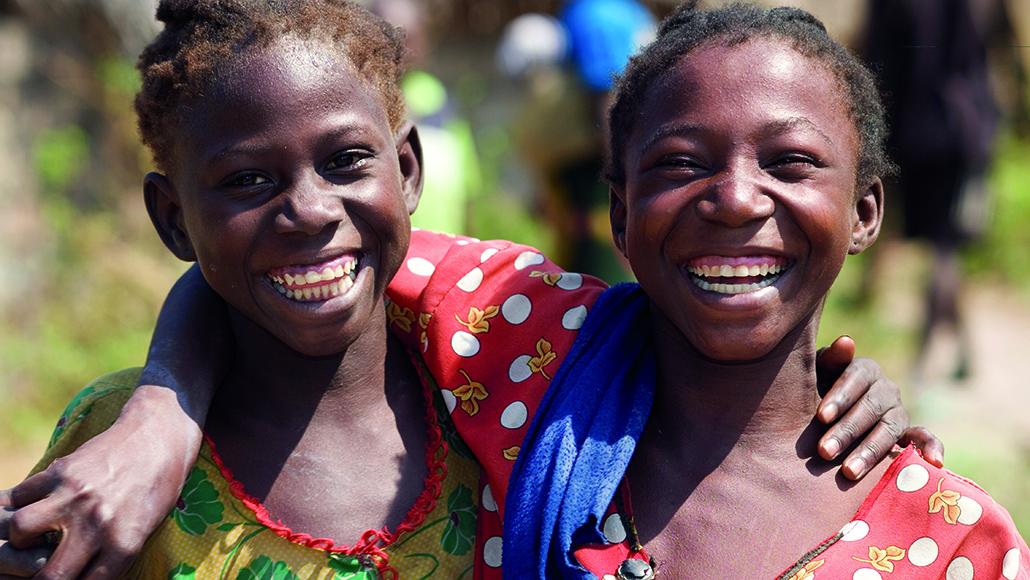What is socioeconomic management?
In this article
Socioeconomic impacts and opportunities associated with the life cycle of projects can be wide-ranging and varied in their nature. The early identification of potential socioeconomic risks, coupled with comprehensive planning and the effective implementation of measures that avoid, reduce or remedy these risks are fundamental to the overall success of a project, as well as Upstream and Corporate success. Effectively managing socioeconomic risks and acting on opportunities can help to maintain project schedules, save costs, enhance our Corporate reputation and maintain our social license to operate.
Our approach to managing business risks and local community impacts is guided by several core elements, including:
- adhering to Corporate policies and expectations
- complying with applicable host-country regulatory requirements
- being consistent with universally recognized principles, assessing risks and acting on opportunities
- engaging with external stakeholders
- providing direct and indirect economic benefits such as local capacity development
Although there is a wide range of socioeconomic elements, the key components include community relations; cultural heritage and diversity; economic development; human rights; indigenous peoples; land use and resettlement and transparency and the avoidance of corruption. These components are often times interconnected, and therefore they are best managed in a holistic and synergistic manner.
ExxonMobil’s Upstream Socioeconomic Management Standard outlines best management practices and minimum socioeconomic-related expectations for Upstream projects recognizing that each is unique and that there is not a “one-size-fits-all approach” to complying with this Standard. To support compliance, we have developed an organization whose job it is to focus on reducing business risk by proactively identifying and managing socioeconomic considerations. The Socioeconomic Management Center of Expertise (CoE) brings together over 100 years of global expertise and experience in this discipline; the team works cross-functionally to ensure the development and implementation of timely “fit-for-risk” and balanced solutions to socioeconomic elements during the entire Upstream asset life cycle.
Upstream Environmental, Socioeconomic and Health Management Process
We believe careful environmental management is an imperative for our business. To avoid or reduce impacts on the environment and communities and maximize shareholder value, we must understand the local setting, actively manage our environmental performance and maintain a relentless focus on operational excellence.

Case study: Advancing the environment, socioeconomic and health impact assessment process
Although our projects and operations offer a variety of benefits to local communities and host countries, they can also carry environmental, socioeconomic and health (ESH) risks and challenges that need to be addressed during project planning, implementation and operations. Our goal is to maximize the benefits and prevent or manage the risks. Impact assessments help us do this — when starting major Upstream projects, we identify and evaluate ESH risks and opportunities by conducting an Environmental, Socioeconomic and Health Impact Assessment (ESHIA).
When conducting an ESHIA for a project, we first study and understand the ESH setting. We then identify how our activities will or could interact with the physical, biological and human environment; consult with stakeholders; identify and evaluate positive and negative actual and potential impacts; determine the risks associated with these impacts; avoid the identified risks or reduce the level of risk to an acceptable level; and develop an appropriate monitoring plan. We capture the findings and recommendations from the impact assessment process and translate them into a management plan, most often referred to as an Environmental, Socioeconomic and Health Management Plan (EMP). The EMP is implemented, tracked and modified as necessary throughout the life of the activity.
Since 2007, ExxonMobil has conducted or participated in 169 ESHIAs for projects and activities of varying scopes around the world. Conducting impact assessments is integral to implementing a project successfully and developing long-term, positive relationships with the communities and host countries where we operate. In 2013, we developed an ESHIA Guide for our Upstream professionals to help ensure a consistent approach when conducting these assessments.
We recently performed a review of the process used to develop the ESHIA and EMP for the Chad/Cameroon pipeline project, which encompasses activities and facilities in the west-central African countries of Chad and Cameroon. Construction began in 2000, and full production commenced in 2004. ExxonMobil conducted an ESHIA for the project between 1993 and 1999, and we produced the EMP thereafter. The ESHIA and EMP development process included nearly 900 village-level stakeholder engagement sessions in both countries, and public consultation and engagement continues to this day.
Our review of the ESHIA/EMP development process for the Chad/Cameroon pipeline project allowed us to capture lessons learned, identify opportunities to improve the overall process, and develop and implement enhanced risk management strategies and measures. The review team included ExxonMobil personnel and consultants who had participated in the ESHIA/EMP development process, as well as other ESH subject matter experts who brought a fresh perspective to the study.
Based on the review, the team determined a key strength of the ESHIA/EMP development process for the project was its farreaching and sustained stakeholder engagement process. The extensive multiyear consultation process helped build support for the project, avoid disruptions and schedule delays, develop and implement appropriate environmental and socioeconomic safeguards, and deliver compensatory and social development programs for the most affected communities. The review team also identified several areas of improvement for the company’s ESHIA/EMP development process, including:
- The need for a greater emphasis on full life cycle land use, supported by a comprehensive and continuously updated environmental, health and social database that can better inform compensation and social development programs
- The design and delivery of compensation, resettlement and social development programs that have a higher probability of long-term sustainability and success
- A more detailed evaluation of the ESH ramifications of obtaining certain construction materials such as water, sand, gravel and rock
Overall, the review demonstrated the ESHIA/EMP development process for the Chad/Cameroon pipeline project was successful in identifying and evaluating the highest-level ESH risks and appropriately managing them. We have subsequently applied this information to improve our overall ESHIA process for new opportunities going forward
The Management of Non-Technical Risk
External evaluations have made the case that Non-Technical Risks (NTRs) have impacted 70-75 percent of major oil and gas projects (2009) in the form of project delays and cost overruns, lost deal opportunities, and a host of stakeholder-related issues.
Percentage of sample Top 190 Projects delays that were due to "above ground" or non-technical issues (e.g. politics or stakeholder engagement).
Only 21% of delays are due to technical issues.

Upstream Socioeconomic Management Standard
The Upstream Socioeconomic Management Standard is incorporated into ExxonMobil’s business systems and processes. The Standard is designed to ensure that ExxonMobil Upstream activities are:
- Proactive: Identify potential socioeconomic issues and risks early in the life cycle of a project
- Insightful and agile: Develop and implement timely “fit for risk” balanced solutions that avoid/prevent (or enhance), control, mitigate, compensate and monitor measures related to managing socioeconomic risks and impacts throughout the life of a project
- Positive differentiators: Achieve superior business results that are cost-effective, protect our license to operate and enhance our corporate reputation across the life cycle through the stewardship of socioeconomic management as a key enabler
We seek to deliver sustainable economic growth, social development and environmental protection, so that actions today might enable future generations to meet their needs.
Related content
Community relations
Understanding and addressing the interests of societies and communities where we work is an important component of maintaining a successful and sustainable business.
Transparency and anti-corruption
We are committed to preventing corruption, complying with all legal requirements, operating with the highest ethical business practices and communicating openly with transparent processes.
Land use and resettlement
We seek to implement fair, transparent and collaborative processes to assess and manage the restoration of households — including their livelihoods — when our activities result in physical or economic displacement.
Economic development
Our activities produce direct and indirect benefits to communities wherever we do business — an essential way is through the development of a globally competitive local workforce and local supply chain.
Indigenous peoples
We respect indigenous peoples and their cultures, commit to conducting meaningful consultations with them, incorporate traditional knowledge and land use information into our plans and seek mutually beneficial long-term relationships.